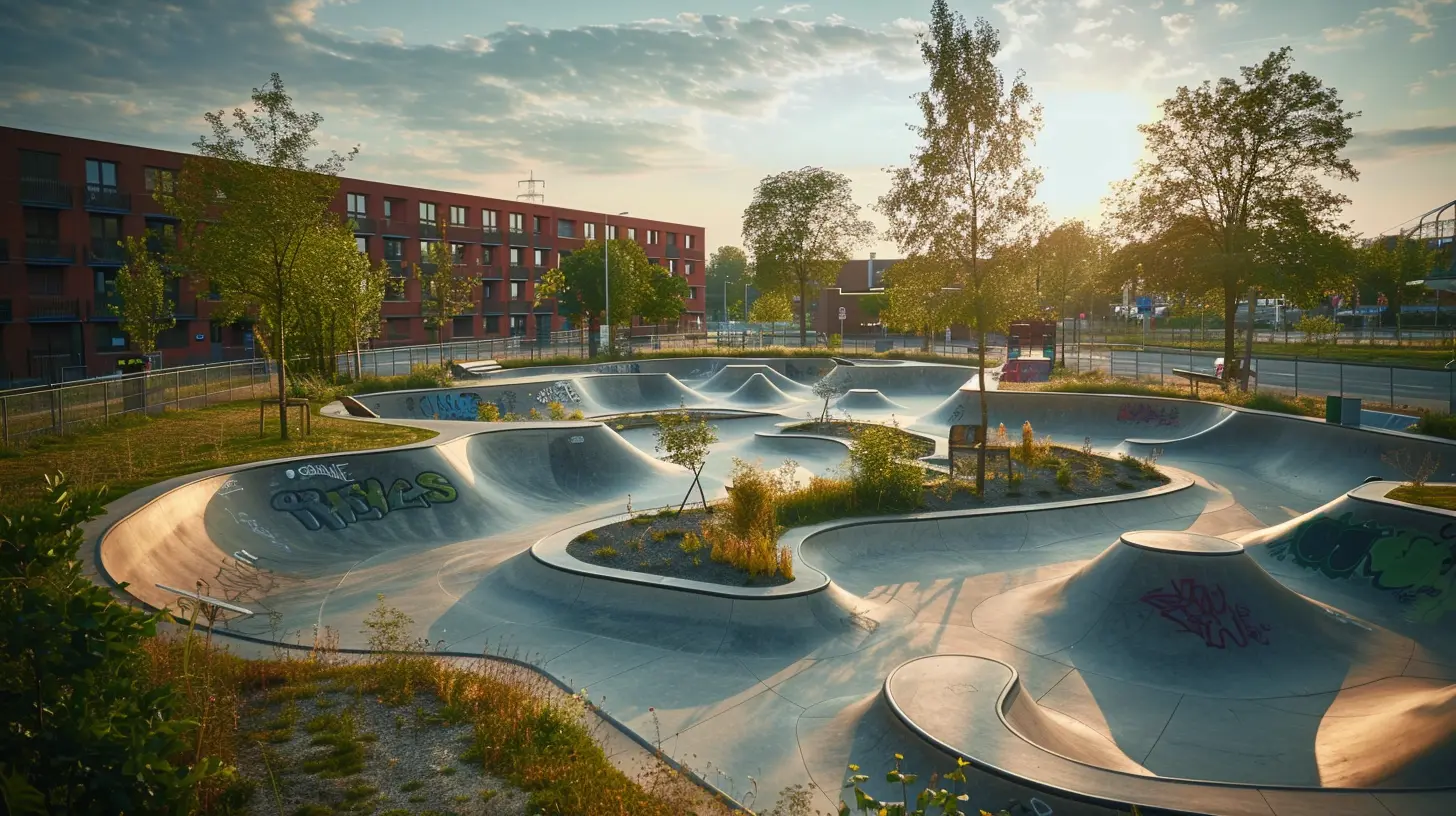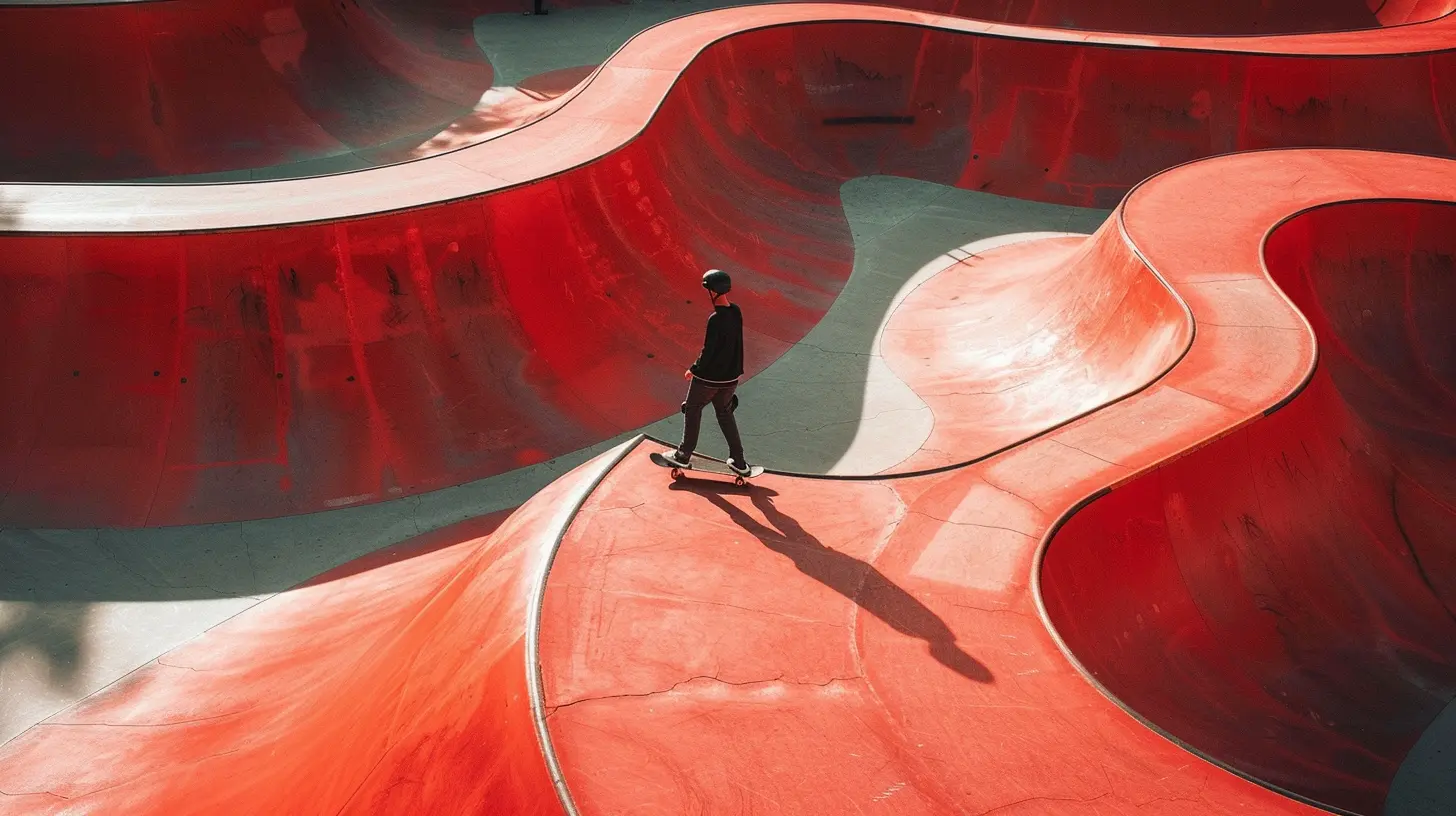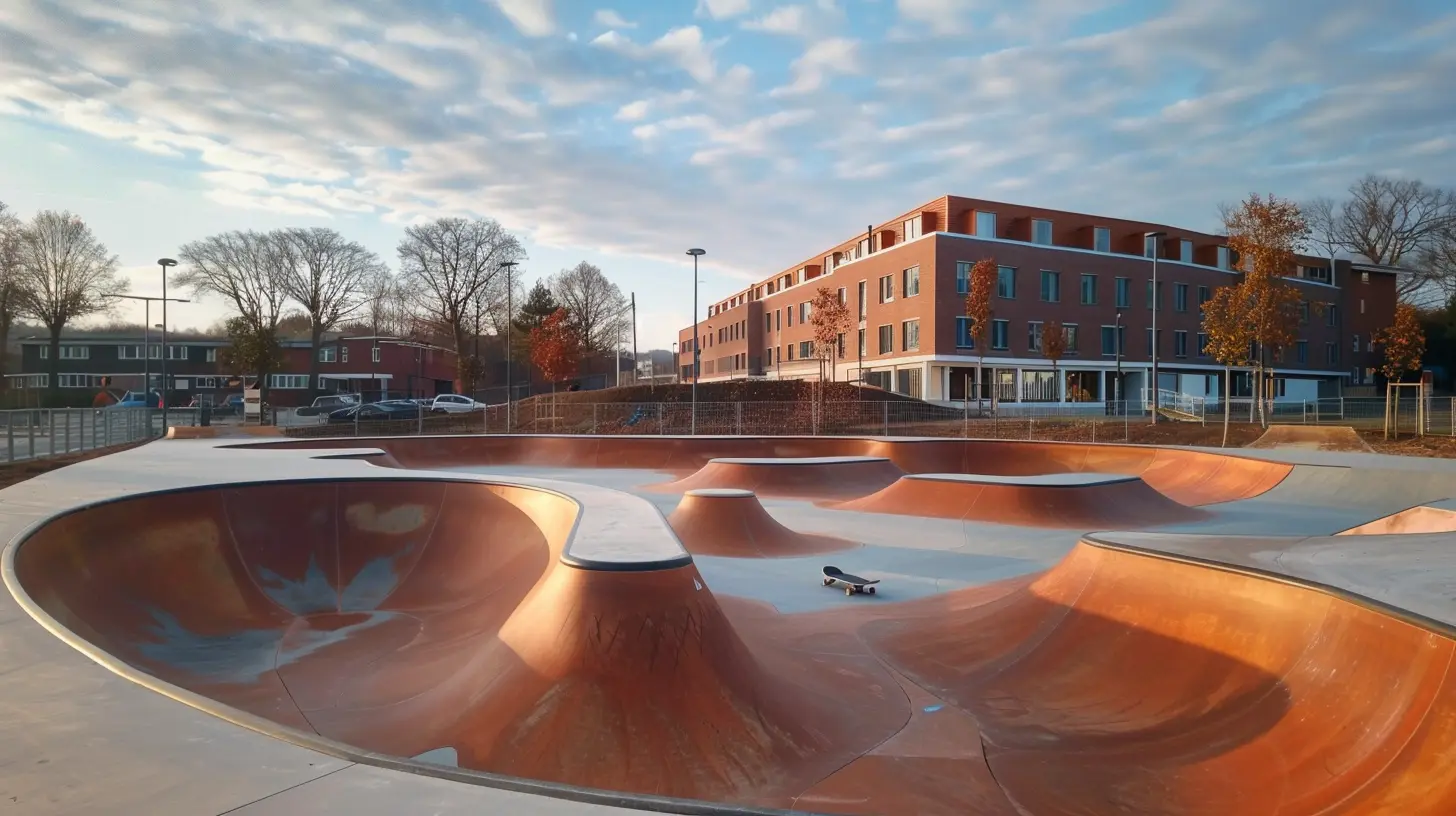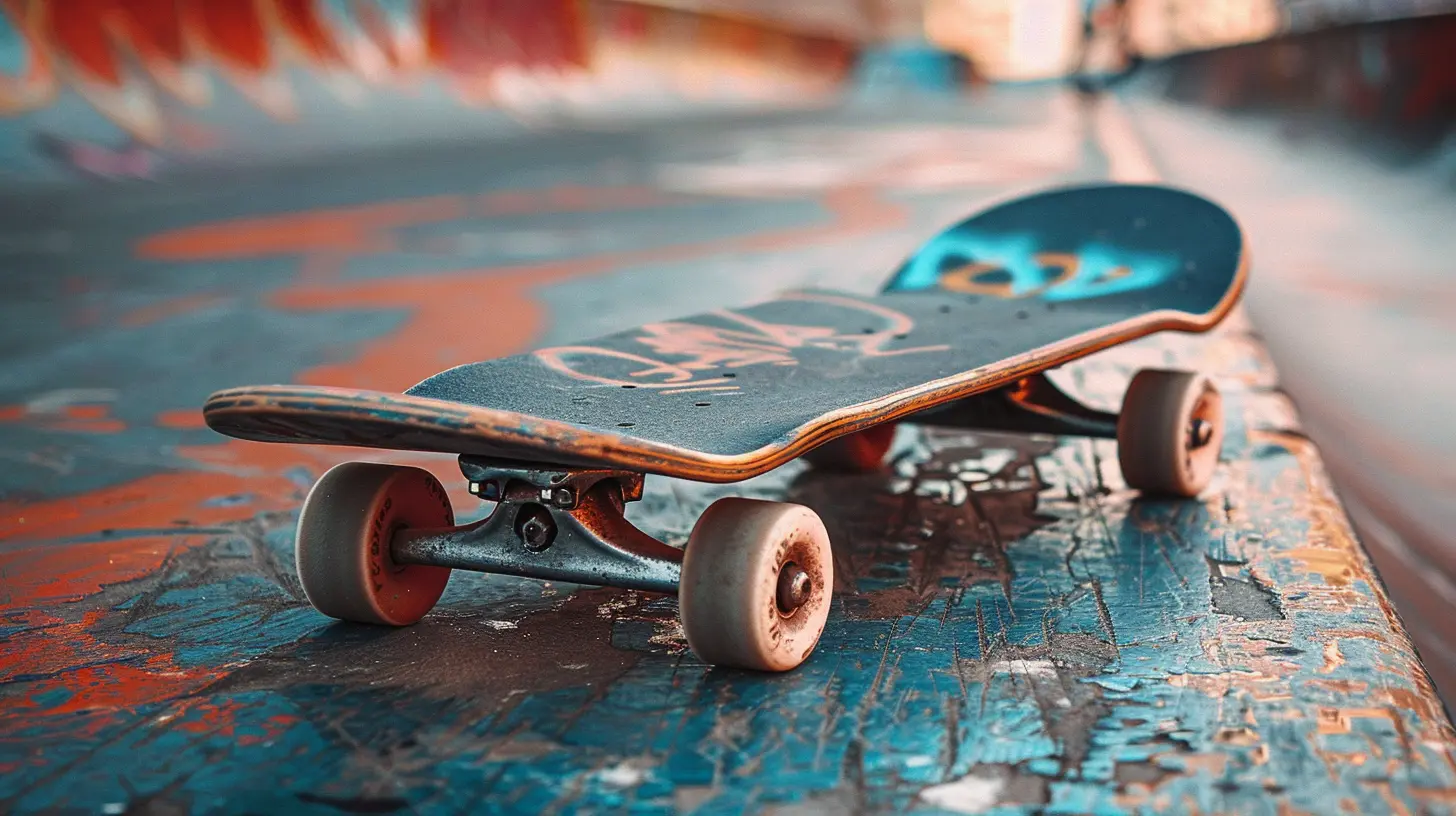Skate Parks vs Street Skating: Where Should You Ride?
14 October 2025
Skateboarding has come a long way since it first rolled onto the scene in the '50s. What started as an outlet for surfers stuck on land has evolved into a full-blown culture with distinct flavors, styles, and debates. One of the biggest discussions that’s still raging today? Whether it’s better to skate at a skate park or out in the streets.
If you're just stepping into the world of skateboarding—or even if you've been in it for years—you've probably asked yourself this: “Where should I be riding?” Let’s break it down, park vs. street style, and help you figure out where your board really belongs.

The Essence of Skate Parks
What’s a Skate Park Anyway?
Skate parks are specially designed areas filled with structures like ramps, bowls, rails, and ledges made specifically for skating. You know what you’re getting when you pull up to one. They're like the skate equivalent of Disneyland—engineered fun, all in one place.Pros of Skate Parks
1. Built for Safety
Skate parks are built with the skater in mind. Smooth concrete, predictable layouts, controlled environments—these places are designed to keep you from smashing your face more than necessary.2. A Playground for Progression
Ever tried to learn a trick on broken asphalt or while dodging pedestrians? Yeah, not ideal. Parks are perfect for dialing in your skills. Want to get that kickflip down a stair set or finally land that backside tailslide on a ledge? The park gives you the consistent setup to practice over and over again.3. Community Vibes
Skate parks are social hubs. You meet new people, get inspired by other skaters, and maybe even pick up a few pointers. It’s the kind of place where iron sharpens iron—everyone feeds off each other’s energy.4. Less Legal Headaches
Skating in parks is 100% legal. No tickets, no security guards kicking you out, no need to hop fences. It’s low stress and high reward.Cons of Skate Parks
1. Pack the Patience
Especially after school or on weekends, they can get crowded. Think of it like a skate buffet—everyone wants a piece of the rail, but only one person can eat at a time.2. Repetition Gets Old
The same obstacles can start to feel a bit repetitive. If the layout never changes, it can start to feel like you're doing homework instead of skating for fun.3. Pressure to Perform
Sometimes the park can feel like a stage. Whether it's younger kids watching or older skaters going full send, it can be intimidating and make you feel like you’ve got to pull off a trick every time you drop in.
Street Skating: Raw and Real
What Is Street Skating?
Street skating is about hitting real-world spots—handrails, stair sets, ledges, curbs, gaps—you name it. It’s more spontaneous, more creative, and definitely more rebellious.Pros of Street Skating
1. Endless Variety
The streets are your canvas. Every alley, parking lot, and plaza offers new terrain and new challenges. No two spots are ever exactly alike.2. Creative Freedom
You’re not limited by preset designs. You see a spot, you envision a trick—that’s all you. Street skating is more about interpretation than repetition.3. Pure Adrenaline
There’s something exhilarating about sticking a trick on rough concrete or landing a line in a tight space. It’s unpredictable, and that unpredictability makes it even more thrilling.4. That "Real Skater" Feel
There’s a certain badge of honor with street skating. You’ve got grit, you’ve got guts, and you don’t need a perfectly poured skate park to show your skills.Cons of Street Skating
1. Security and the Law
Let’s be honest—kicking out is part of the game. A lot of prime skate spots are technically off-limits. Expect to deal with security guards, angry property owners, or even the cops.2. Sketchy Surfaces
Cracks, pebbles, rough pavement, random obstacles—street skating comes with a lot of hazards. One pebble in the wrong spot and boom—you’re kissing the sidewalk.3. Physically Riskier
Street spots aren’t designed for skating. That means sharper edges, harder landings, and fewer escape routes. It’s higher risk, but for many, that makes the reward even sweeter.
Skate Parks vs Street Skating: Head-to-Head Breakdown
| Feature | Skate Parks | Street Skating ||--------|-------------|----------------|
| Environment | Controlled and smooth | Unpredictable and raw |
| Learning Curve | Easier to progress | Harder, but more rewarding |
| Legal Issues | Safe and permitted | Risk of tickets or being kicked out |
| Variety | Limited to park features | Virtually unlimited |
| Social Element | Community-oriented | Often more solitary |
| Authenticity Factor | Structured | Creative and rebellious |

What Kind of Skater Are You?
Choosing between skate parks and street skating isn’t just about location—it’s about personality, goals, and what sparks your stoke.The Technical Perfectionist
If you love perfecting tricks under the same conditions until they're buttery smooth, skate parks are calling your name. They're like a lab where you can run the same experiment over and over.The Urban Explorer
You see architecture and immediately think, “Could I lipslide that?” Street skating is for the adventurers, the ones who see possibility where others see concrete.The Social Shredder
If skating is as much about hanging with friends as it is about landing tricks, skate parks deliver. It’s a meet-up spot, a scene.The Lone Wolf
Prefer to skate solo, filming your lines in hidden back alleys or empty parking lots? Streets offer that quiet space to make art in motion.Why Not Both?
Here’s a wild idea—do both. That’s right, you don’t have to choose. Some of the best skaters in the world blend their skills, hitting parks to learn and perfect tricks, then taking them to the streets when they're ready.Skating both environments rounds out your skill set. You get the control and consistency of parks AND the creativity and edge of street skating. It's like a chef mastering both the recipe and the freestyle—twice the flavor.
Tips for Balancing Street and Park Skating
- Use the park to train: Practice new tricks in a controlled environment first.- Scout spots with care: Avoid high-traffic areas and always assess hazards.
- Film your progress: Street clips hit different. Add them to your skate reel.
- Respect the spot: Don’t destroy property or leave trash. Keep the culture alive.
The Final Push
So, where should you ride—skate park or street? The real answer? Wherever your board takes you.Your style, your vibe, your goals—they’re all unique. Skate parks offer structure, progression, and a social scene. Streets deliver creativity, thrill, and authenticity. But when you blend the two, your skating becomes richer, more versatile, and a whole lot more fun.
Whether you’re dropping into a bowl at golden hour or grinding a handrail under a city streetlight, remember—it’s all skateboarding. And skateboarding is all about freedom.
So grab your board, lace up those shoes, and just ride.
all images in this post were generated using AI tools
Category:
SkateboardingAuthor:

Uziel Franco
Discussion
rate this article
1 comments
Elara Strickland
Both skate parks and street skating offer unique thrills. Choose skate parks for structured fun and safety, while street skating provides creativity and urban exploration.
October 19, 2025 at 3:13 AM


